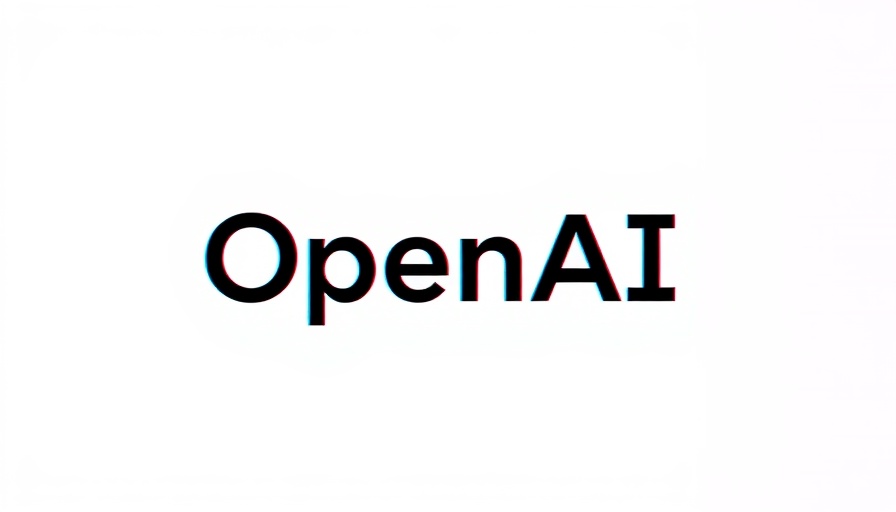
OpenAI's Spending Forecast: The Stakes Get Higher
The race to conquer the AI market is accelerating, with OpenAI revealing its revised financial outlook that dramatically raises its spending projections. A recent report has indicated that the company will now spend a staggering $115 billion by 2029—$80 billion more than earlier estimates. This significant increase underscores the relentless demands of AI development, particularly in the realm of computing power and infrastructure costs.
Understanding the Accelerating Cash Burn Rate
OpenAI projects an escalating cash burn rate, forecasting over $8 billion in spending within the current year alone— a figure that is expected to double by 2026, reaching $17 billion, and climbing even higher to $35 billion in 2027. The demand for computational power required to train its sophisticated models is a primary driver of these escalating costs. As the firm invests heavily in building its own data centers and custom chips, it aims to mitigate its reliance on outside cloud providers.
Impact of Hiring and Compensation on Budgets
Personnel costs are also on the rise, with OpenAI planning to allocate about $20 billion in additional stock compensation through 2030. This is a strategy aimed at attracting top-tier talent in the increasingly competitive AI landscape, where companies like Meta are reportedly offering multi-million dollar packages to entice the best minds.
Revenue Projections: Can OpenAI Keep Pace?
Despite the alarming increase in expenses, OpenAI remains optimistic, projecting a significant jump in revenue. This year's expected revenue of approximately $13 billion marks a $300 million increase from earlier estimates, with a bold target of $200 billion by 2030—15% higher than previous forecasts. Much of this growth is attributed to the success of its flagship product, ChatGPT, which is projected to generate nearly $90 billion by 2030, contributing $70 billion more than initial predictions.
ChatGPT's Role in Financial Growth
ChatGPT's phenomenal growth has been a linchpin in OpenAI's financial strategy, with expectations of revenue nearing $10 billion for 2025, which is $2 billion higher than previous forecasts. The company even aims to monetize free users over the next several years, potentially generating an additional $110 billion between 2026 and 2030 through avenues like shopping commissions and advertisements.
The Future of OpenAI and the AI Landscape
As OpenAI embarks on this ambitious journey, it highlights a critical moment in the broader AI industry. The balance between skyrocketing expenditures and the need for sustained revenue growth creates a delicate tension. Stakeholders will be watching closely to see if OpenAI can manage this precarious financial landscape effectively and continue to innovate its offerings without compromising on quality.
Conclusion: The Path Ahead
The AI sector is witnessing a transformative period, and OpenAI is at the forefront of this evolution. As the company pushes to redefine its financial strategies amid rising costs, keeping tabs on these shifts can provide invaluable insights into the market's future. The call for transparency and efficiency in AI development will not lessen, and corporations must rise to the occasion to ensure sustainable growth.
 Add Row
Add Row  Add
Add 




Write A Comment